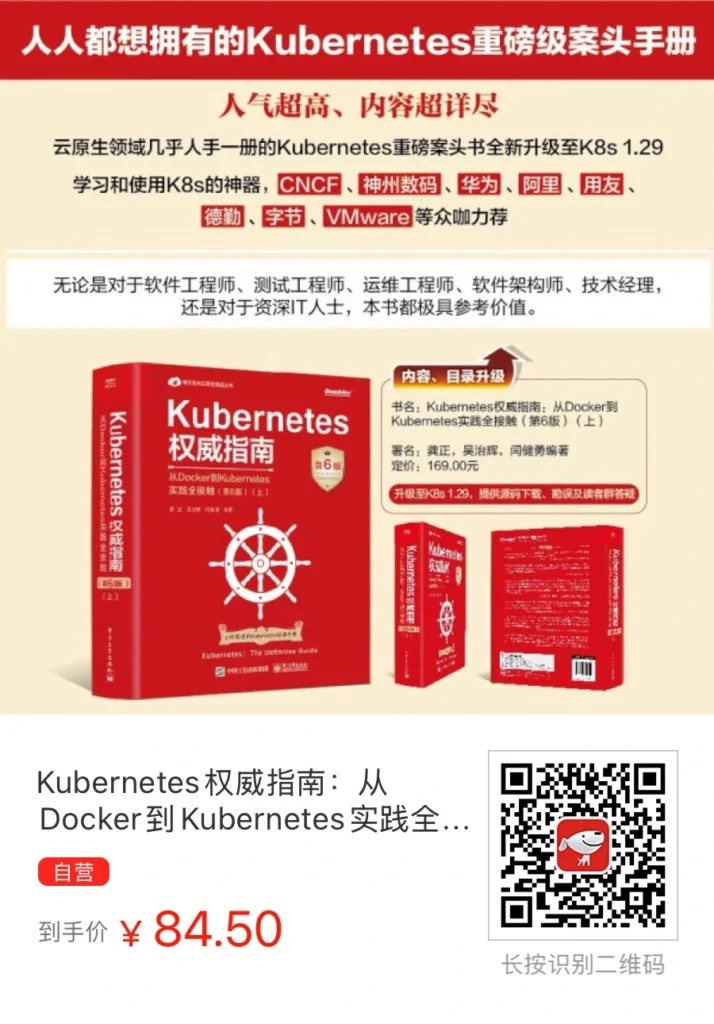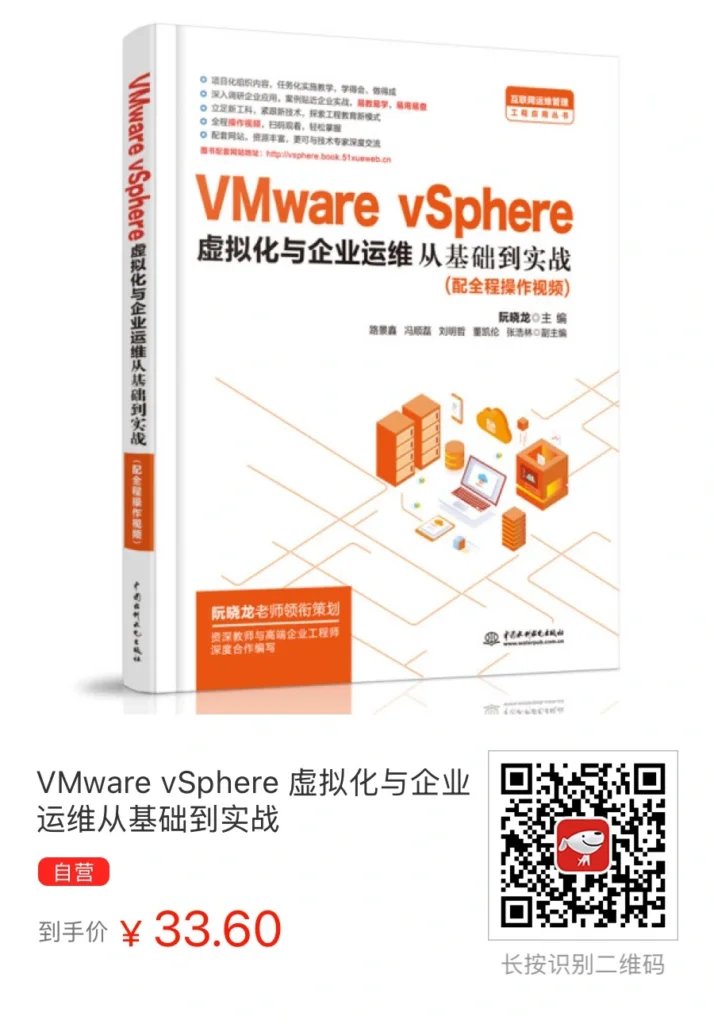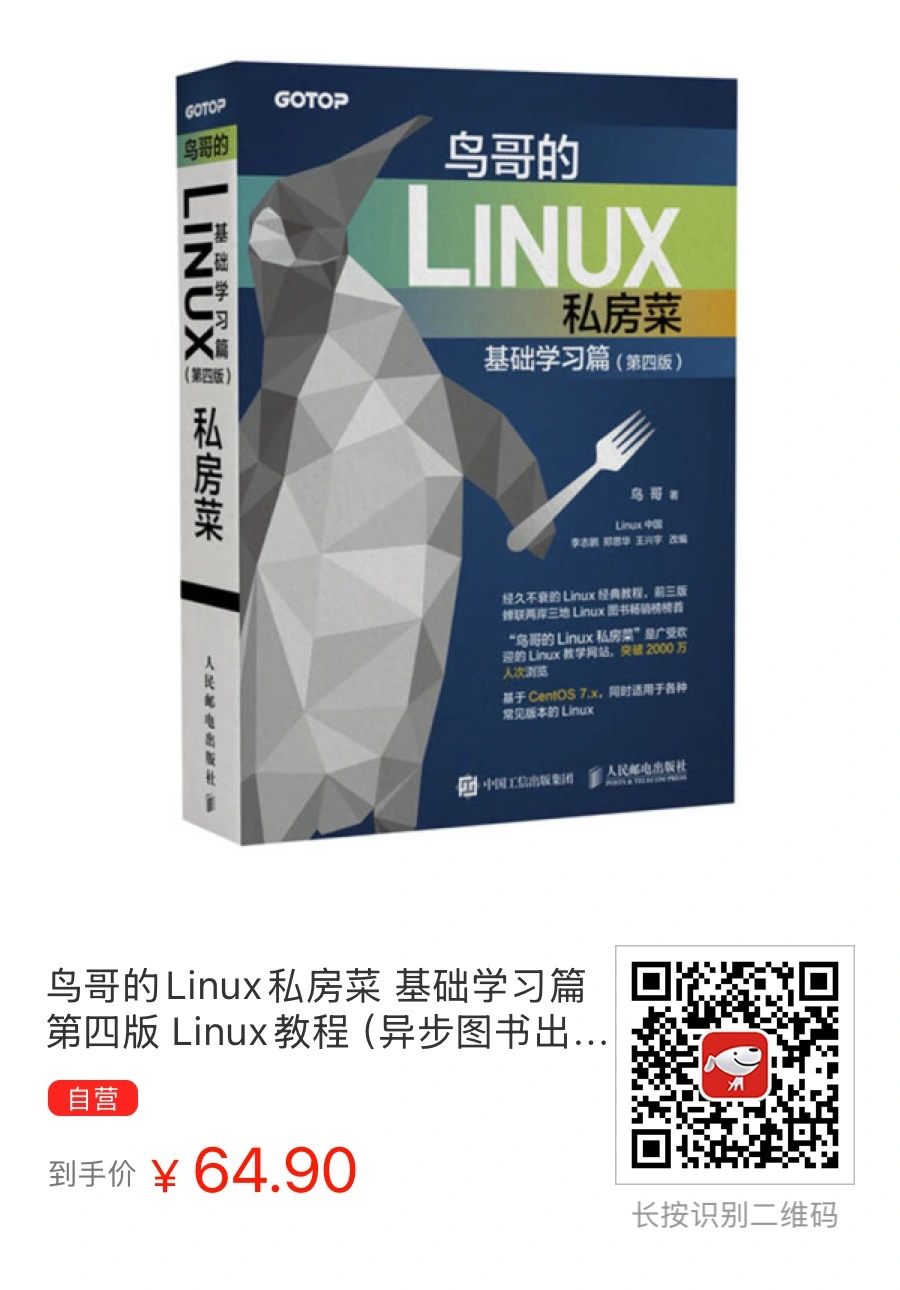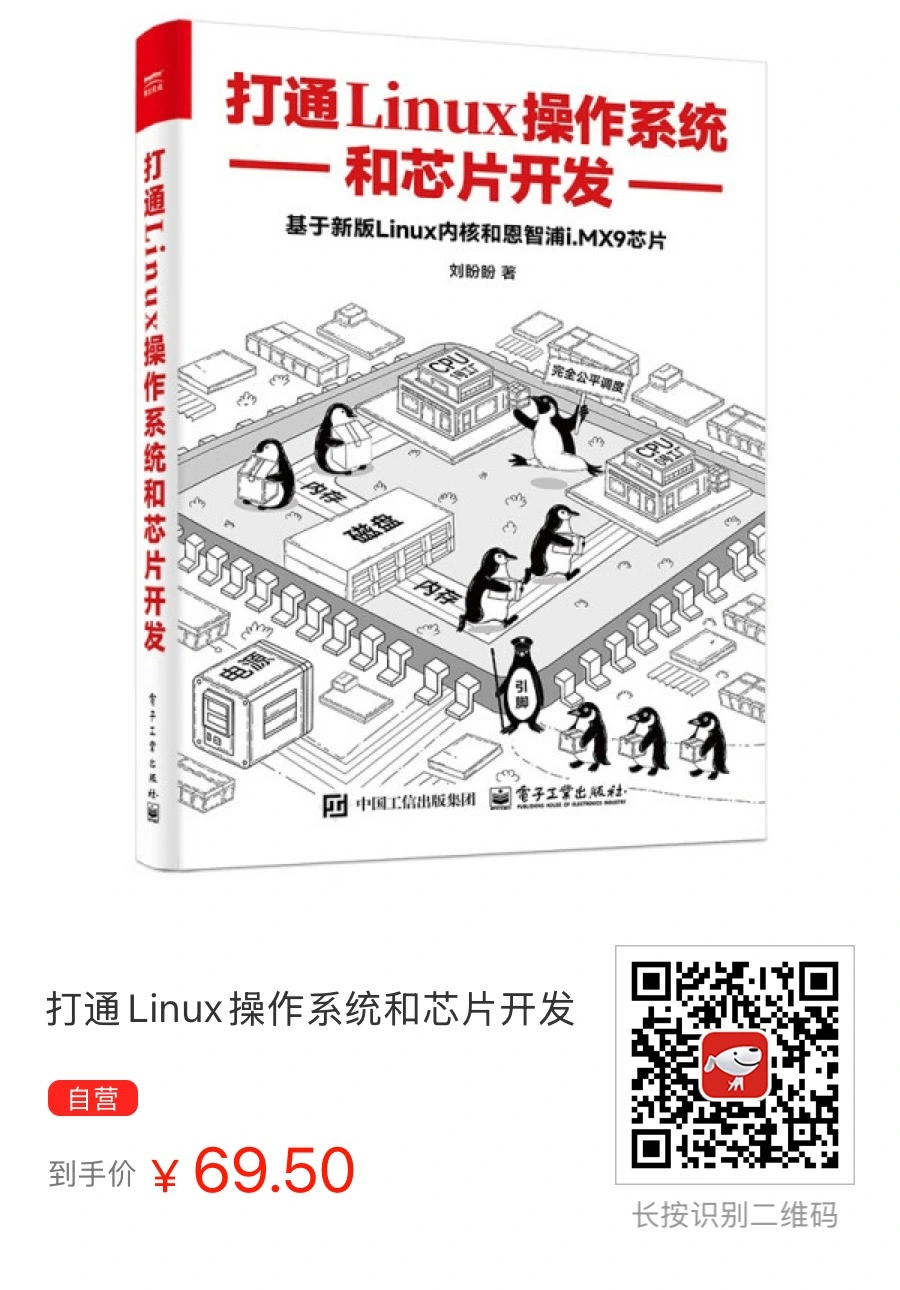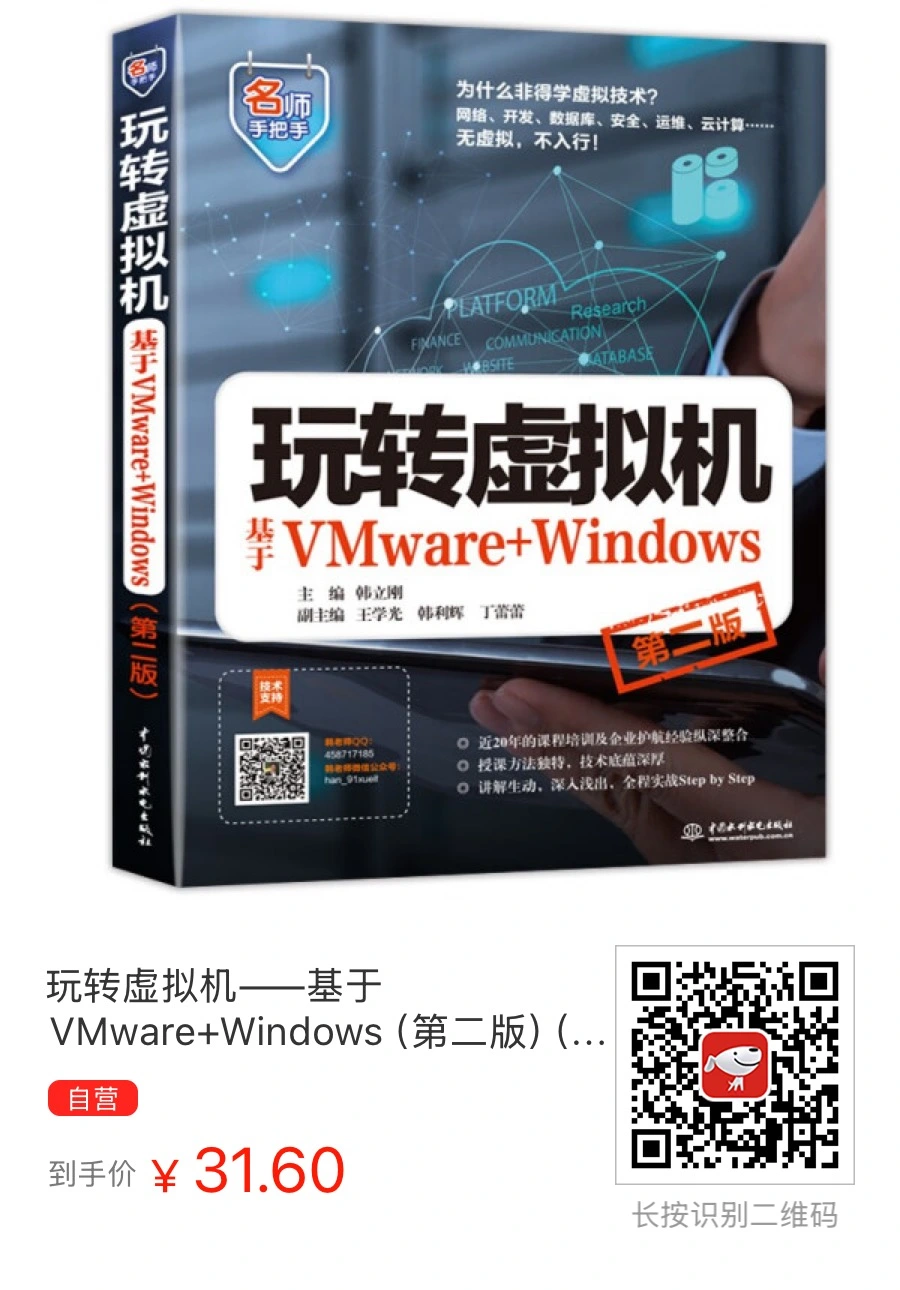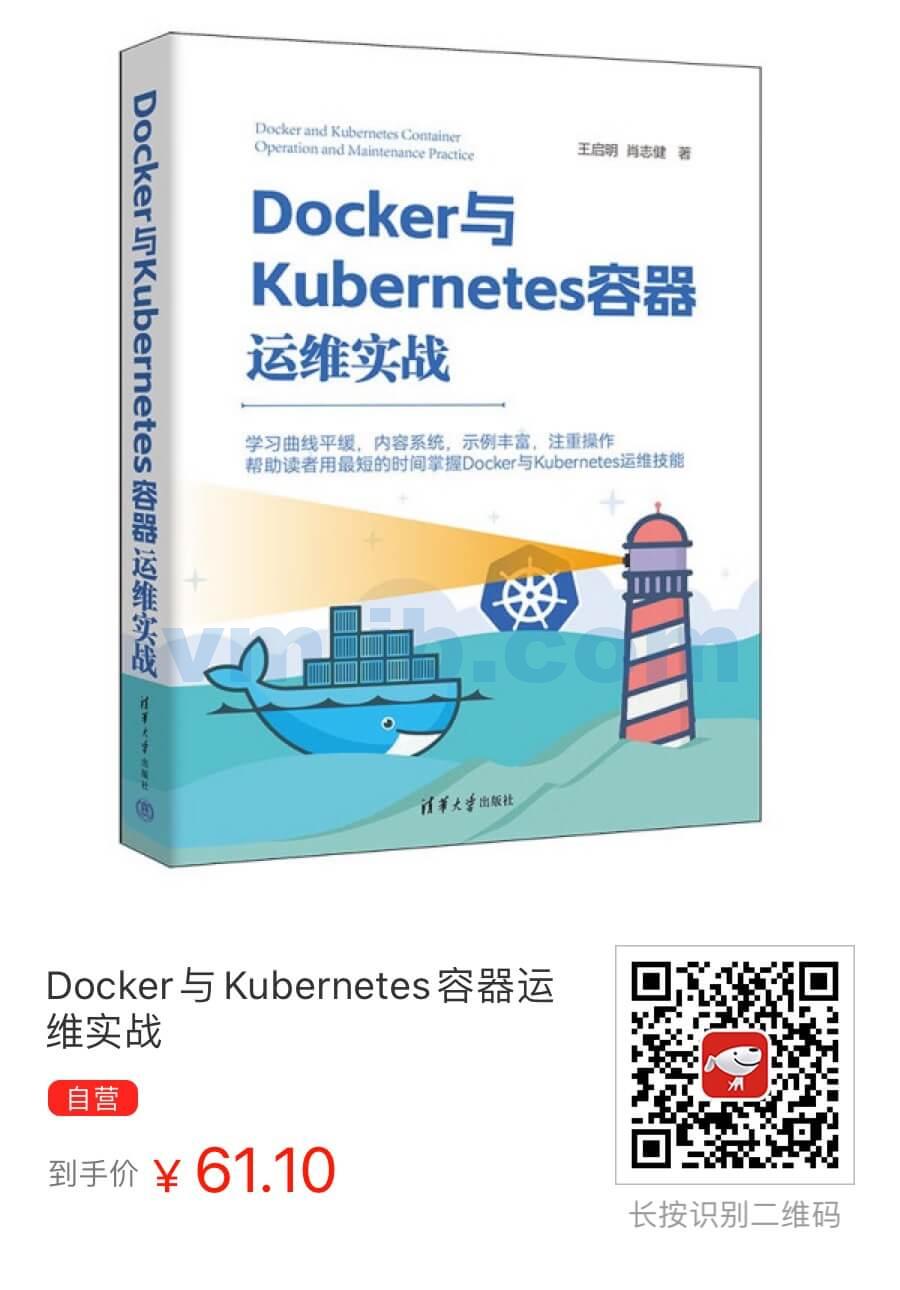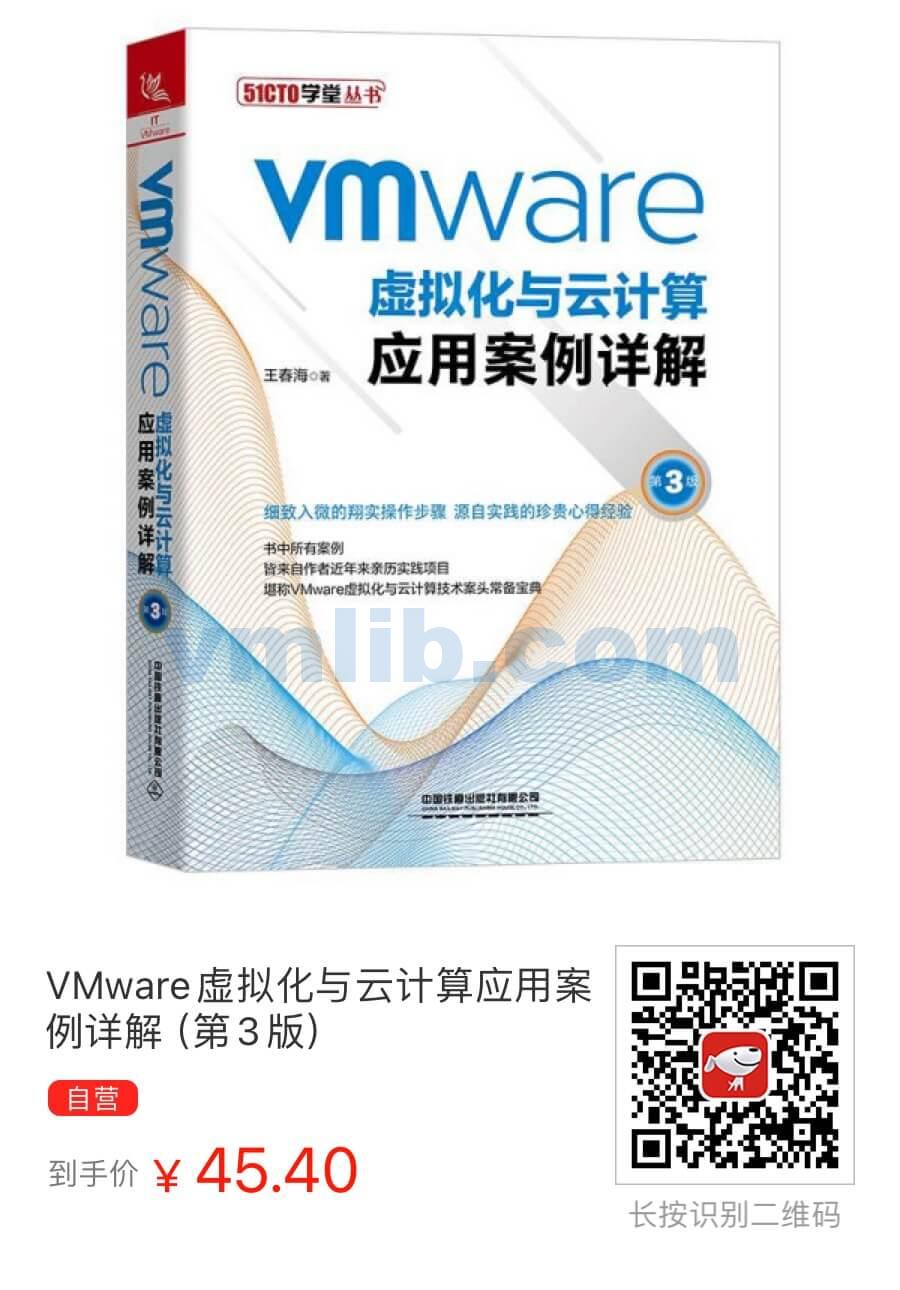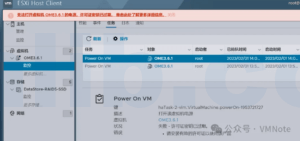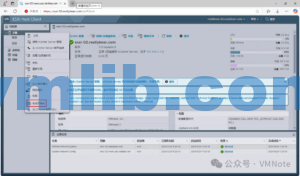If you’ve been managing VMware environments for a while, you’ve probably run into a mix of servers from different eras. Some older machines might still be running ESXi 6.7, while the newer ones are on 7.0 or even 8.0.
One question that comes up a lot is: Can you vMotion VMs between hosts running different ESXi versions? This article takes a close look at vMotion compatibility between ESXi 6.7, 7.0, and 8.0, and what technical details you need to watch out for.
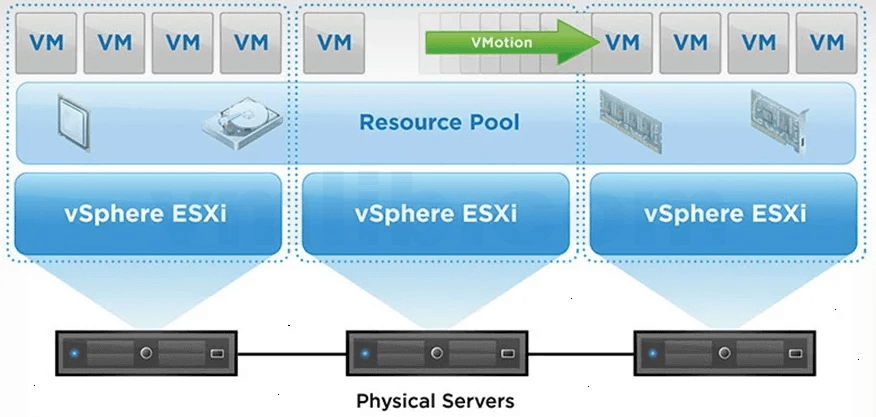
vMotion Compatibility Across Different ESXi Versions
What Cross-Version vMotion Really Means
vMotion lets you move a running VM from one physical host to another without downtime. But when the ESXi versions on those hosts differ, compatibility becomes a key concern. Generally speaking, migrating from an older version to a newer one—say, from ESXi 6.7 to 7.0 or 8.0—is supported in VMware’s official documentation. The other way around, though, isn’t always smooth sailing.
Supported Version Combinations
Here are the officially supported combinations for cross-version vMotion:
- ESXi 6.7 → ESXi 7.0
- ESXi 6.7 → ESXi 8.0
- ESXi 7.0 → ESXi 8.0
In most cases, vMotion across versions is meant for upgrades. Downgrading (e.g., from 8.0 to 6.7) can cause issues or outright fail due to incompatibilities.
Hardware Compatibility Is Key
Cross-version vMotion only works if the underlying hardware supports it. Each ESXi version has its own hardware and CPU requirements. For example, moving from 6.7 to 8.0 means the newer ESXi expects newer CPU instruction sets. Make sure all target hosts meet the hardware requirements for the newer version—especially the CPU compatibility between old and new servers.
Technical Details and Things to Watch Out For
EVC Mode (Enhanced vMotion Compatibility)
To enable vMotion between hosts with different CPUs and ESXi versions, you can use EVC mode. It standardizes the CPU feature set across hosts, making vMotion smoother. With EVC enabled, VMs on an ESXi 6.7 host can be moved to a 7.0 or 8.0 host without hitting CPU compatibility issues.
In simple terms, EVC helps ensure vMotion works even when the CPUs in your cluster are from different generations or models. Learn more about EVC here:
👉 https://vmlib.com/whatis-evc/
vCenter Server Version Requirements
To do cross-version vMotion, your vCenter Server version must support all the ESXi versions involved. For example:
- vSphere 7.0 is needed to vMotion between ESXi 6.7 and 7.0 hosts.
- vSphere 8.0 is needed for vMotion between ESXi 7.0 and 8.0 hosts.
If your vCenter is too old, don’t expect vMotion to work smoothly.
VM Hardware Compatibility (Hardware Version)
Each ESXi version supports certain virtual hardware versions. Newer ESXi releases can use higher virtual hardware levels—for instance, ESXi 8.0 supports hardware version 20.
If a VM is using a hardware version that’s too new, it won’t be compatible with older ESXi hosts. This can block vMotion in downgrade scenarios.
Example:
Let’s say you have two hosts:
- Host A: ESXi 6.7
- Host B: ESXi 8.0
- VM1 is using hardware version 19 and currently running on Host B.
If you try to vMotion VM1 from Host B to Host A, it will fail—because ESXi 6.7 doesn’t support hardware version 19. You’d need to downgrade the VM’s hardware version first.
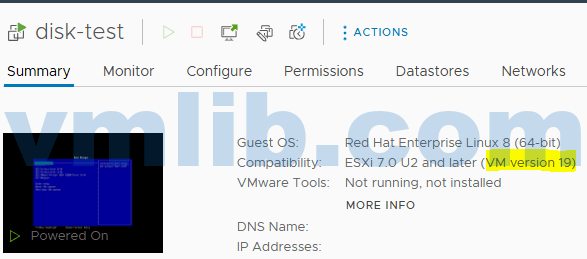
You can check a VM’s hardware version (a.k.a. VM Hardware Level) in its settings.
A Note on Storage vMotion
When moving VMs across ESXi versions, you might also want to migrate their storage using Storage vMotion—especially if you’re using shared storage with different protocols (like NFS or iSCSI). Keep in mind that different ESXi versions might support different storage protocols, so always double-check before moving storage around.
Wrapping It Up
Understanding how different ESXi versions interact with vMotion is crucial in virtual infrastructure management.
Questions like:
- “Can I vMotion from ESXi 6.7 to 7.0?”
Yes—but make sure your VM’s hardware version is compatible. - “How do I move VMs from 7.0 to 8.0 safely?”
Plan for hardware and VM compatibility, and use an appropriate vCenter version. - “Is ESXi 6.7 to 8.0 vMotion supported?”
Yes, as long as all compatibility requirements are met. - “Can I go back from ESXi 7.0 to 6.7?”
That’s where it gets tricky. It’s generally not recommended and can fail if the VM is using a newer hardware version.
Knowing these compatibility rules—and the tools to check them—can help keep your environment stable and your migrations smooth. Mastering these details means fewer headaches when managing VMs across different versions of ESXi.





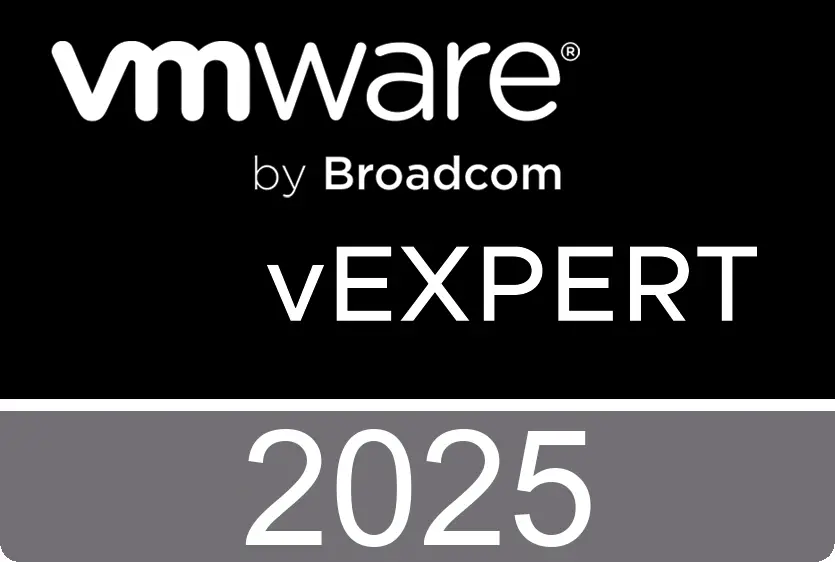
 VM技术助理
VM技术助理
